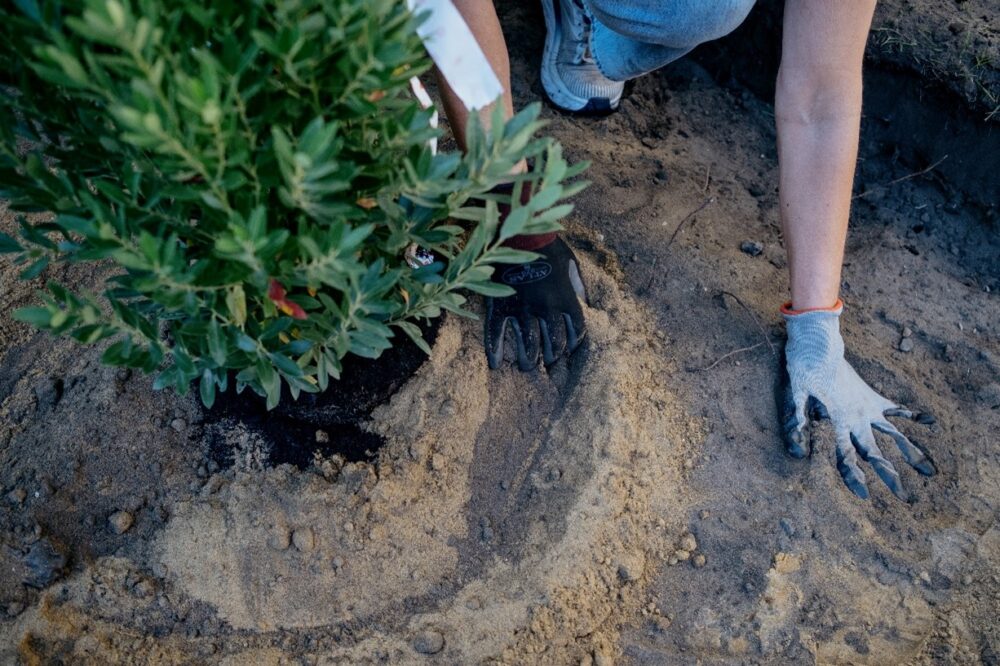We have much more to do and your continued support is needed now more than ever.
Devastated by Disease
Emerging Wildlife Diseases Have Devastating Consequences
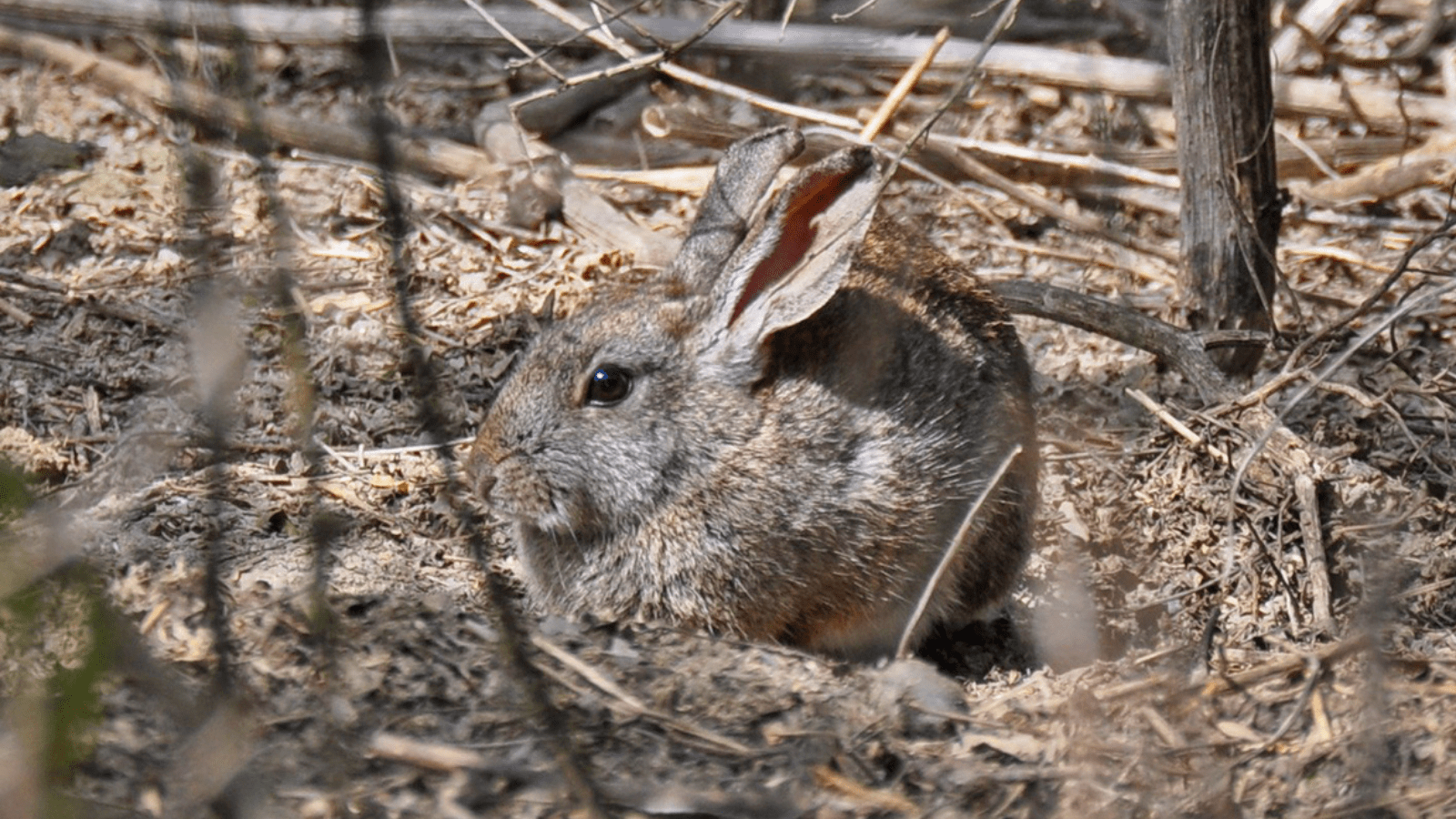
Wild rabbits are in danger. In the past two years, thousands of black-tailed jack rabbits in the Sonoran Desert have been killed by rabbit hemorrhagic disease (RHD). The disease is as awful as it sounds. It kills almost any wild and domestic rabbit that it infects. Although humans cannot contract this disease, it began among domestic rabbits and has been catastrophic for the wild rabbits who have caught it. RHD joins a list of emerging wildlife diseases that are devastating wildlife across America.
Rabbit hemorrhagic disease
Globally, RHD has been detected in over 40 countries and recent outbreaks in British Columbia, Ohio, Washington state, and New York have affected both domestic and feral rabbits. Unlike the initial virus, a new strain (RHDV2) affects young rabbits and a broad range of wild species of rabbits and hares.
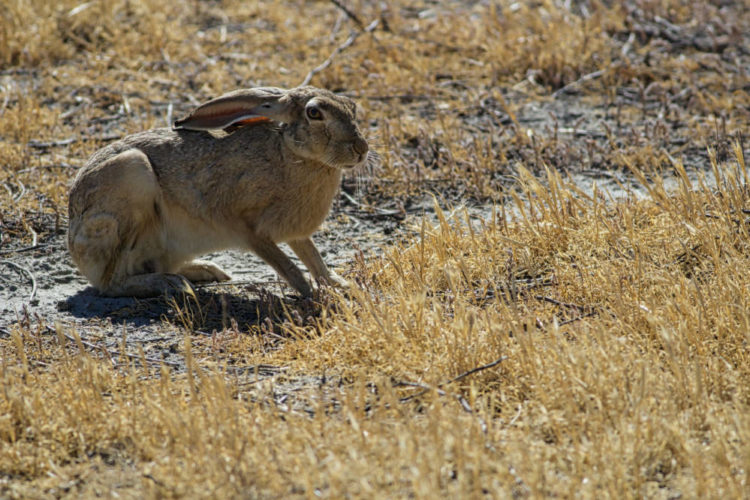
Since March 2020, a new outbreak of RHDV2 has caused mortalities in wild and domestic rabbits in six states in the Southwest. Species affected so far include the black-tailed jackrabbit (Lepus californicus), antelope jackrabbit (L. alleni), desert cottontail rabbit (Sylvilagus audubonii), mountain cottontail rabbit (S. nuttalli), and eastern cottontail rabbit (S. floridanus).
Although it’s killing large numbers of rabbits as it spreads across the U.S., RHDV2 has stopped short of completely wiping out entire populations of wild rabbits and hares. There is hope that common species will rebound after these catastrophic die offs, but the survival of the Columbia basin pygmy rabbit and the riparian brush rabbit, which are on the U.S. list of endangered species, and the struggling New England cottontail are much less certain.
The Columbia basin pygmy rabbit population of fewer than 200 is especially vulnerable because this summer’s wildfires in Washington devastated one of only three recovery areas. Urgent efforts are underway to vaccinate these endangered and rare species.
RHDV2 joins a growing list of wildlife diseases that have emerged in recent years and infected wildlife with devastating consequences. Diseases are a natural part of life, so what’s changed? More and more people are coming into contact with a myriad of wild species in previously, largely uninhabited, landscapes. In tropical landscapes, life is more diverse and abundant, including microorganisms and viruses. Some of these viruses, bacteria and parasites make wild animals sick, but most are just passengers that evolved alongside their hosts.
As more people move into these areas to work and live the chances for exposure to new and potentially infectious diseases increases. In addition, the speed at which people are transferring themselves, food, natural resources and other sources of potential pathogens around the world is also rapidly increasing. With these changes wildlife are also exposed to new pathogens like RHVD2. Here are three additional examples of the impact of diseases on wildlife in the U.S.
Sylvatic plague
Sylvatic plague is a form of the plague that killed half the people in Europe in the 1300s. Prairie dogs are the primary food source for the endangered black-footed ferret, a species once thought to be extinct until they were rediscovered in the wild. Despite endangered species protection since 1973 and years of captive breeding and release into the wild, plague threatens the survival of the 300 ferrets left in the wild as well as the colonies of prairie dogs that sustain them. A new and improved vaccine is available but an estimated $30 million funding is needed to effectively deploy it and recover ferrets.
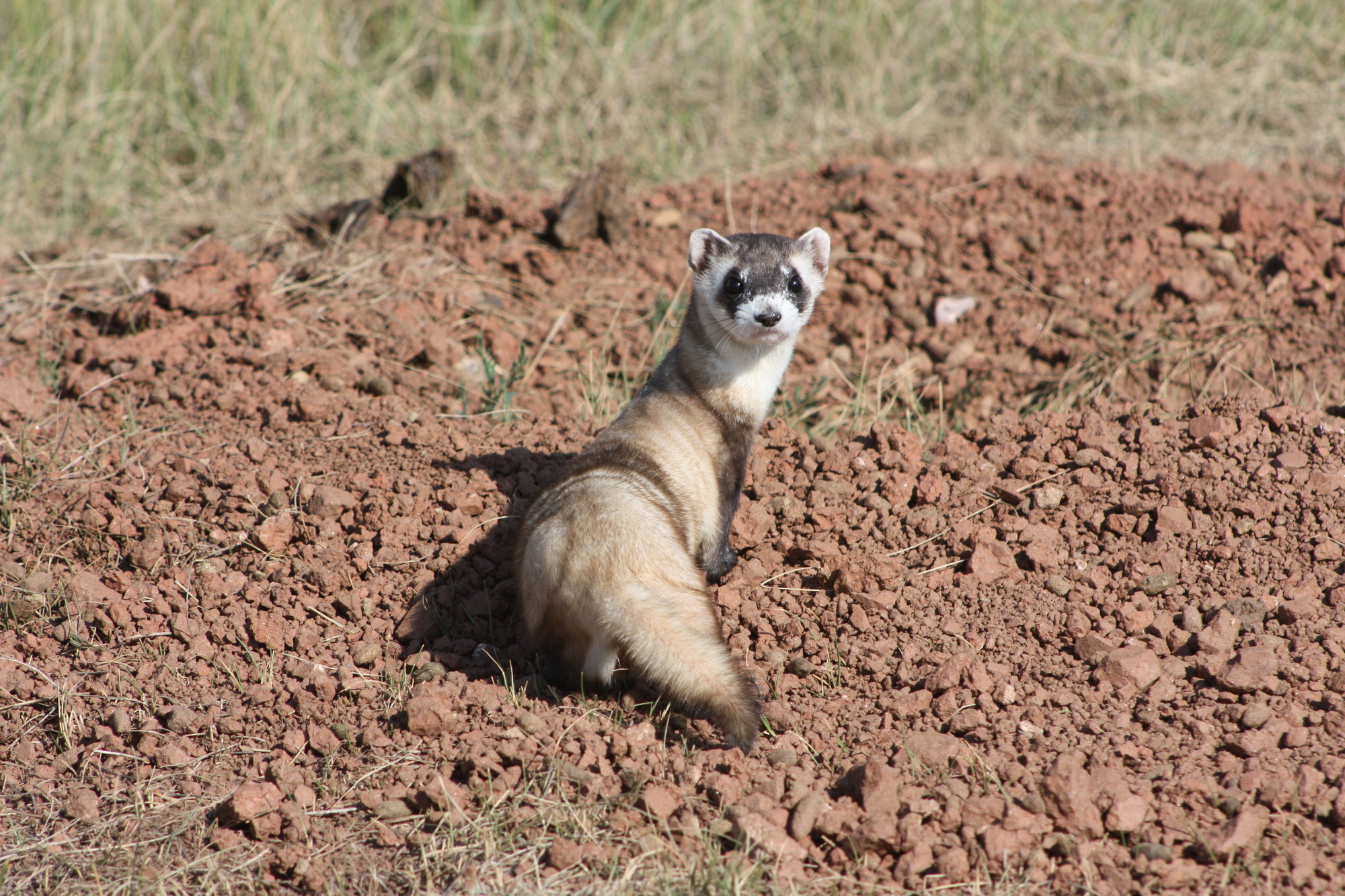
Chronic Wasting Disease
Chronic Wasting Disease (CWD) is a transmissible disease that is always fatal to members of the deer family: White-tailed deer, mule deer, moose, and elk, which are important to functioning ecosystems as well as the hunting traditions that support rural economies, are threatened by this disease. A federal task force has been established, but states and tribes are the front line against this disease and need funding to help reverse its spread.
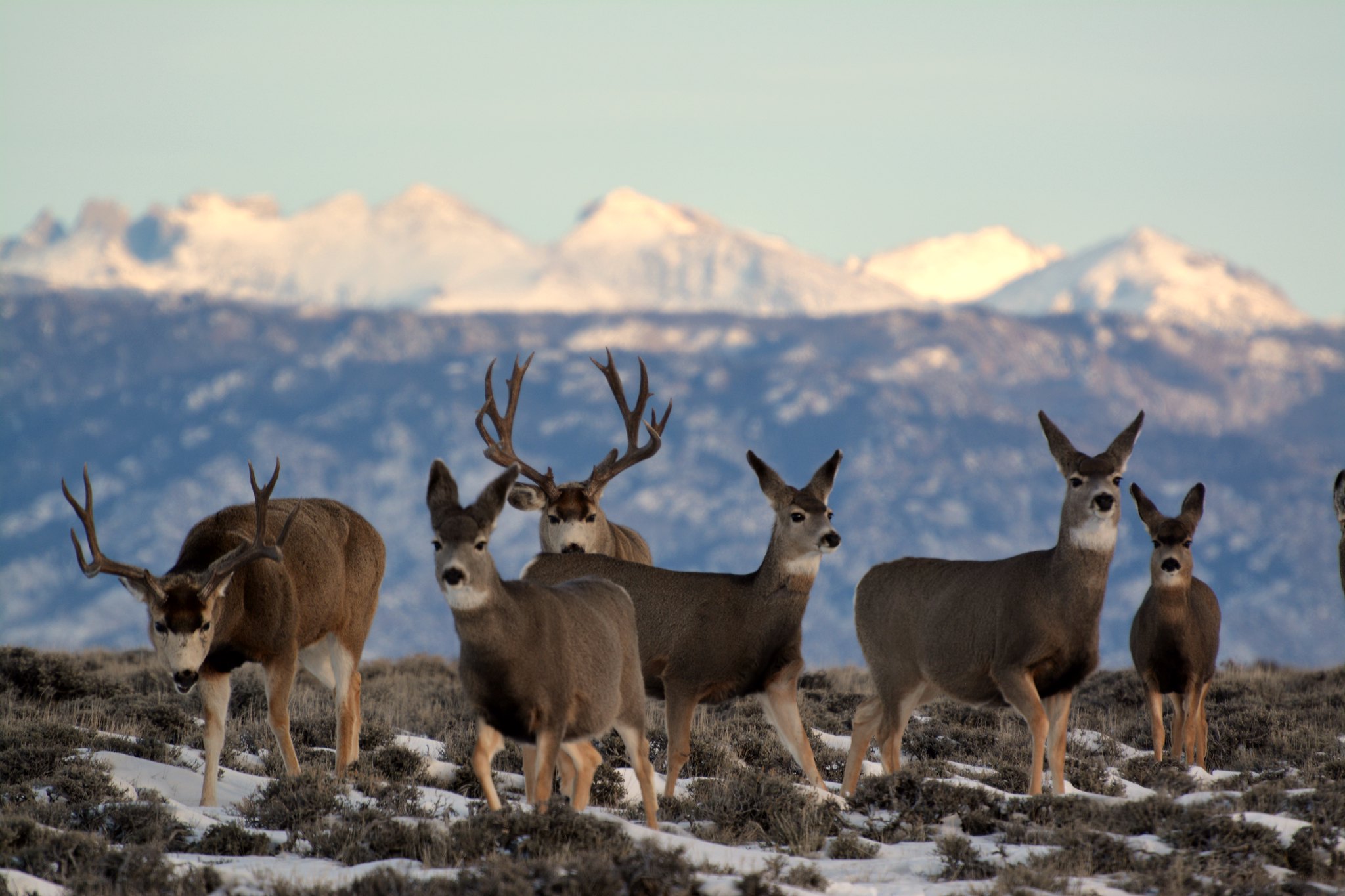
White-nose syndrome
White-nose syndrome is a fungal disease affecting hibernating bats that is estimated to have killed more than 6 million bats in the United States and Canada. Populations of the Northern long-eared bat have been decimated by this disease and are now protected as a threatened species under the Endangered Species Act. As with most endangered and threatened species, resources are needed to prevent their extinction.
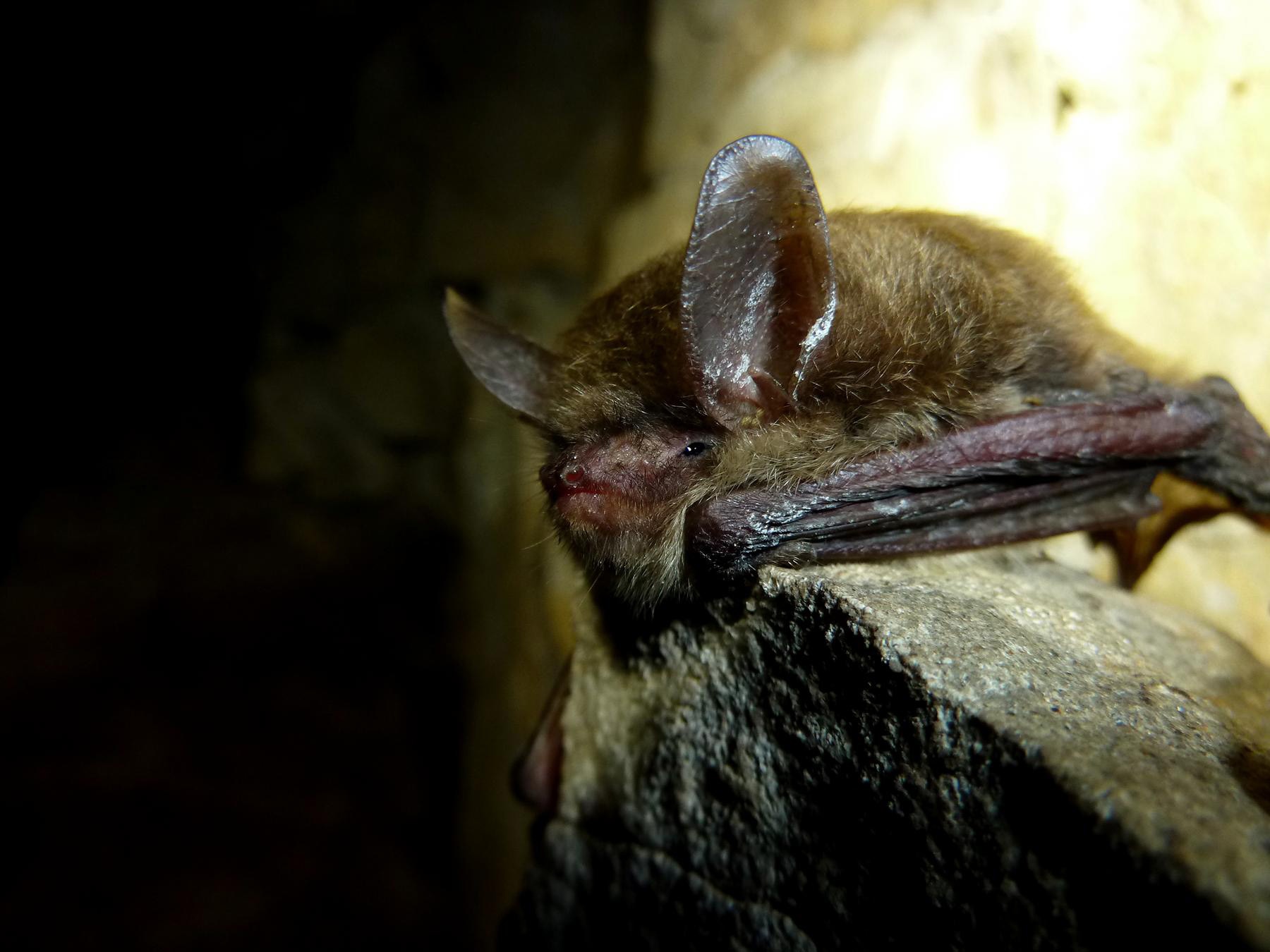
A common theme is the need for resources to combat the spread of these and other wildlife diseases. Without more funding, for example, RHDV2 will likely continue to spread unchecked among wild and domestic rabbits and put Columbia basin pygmy rabbits and other vulnerable species at risk of extinction. Recently developed vaccines will protect domestic rabbits and captive populations of endangered ones – but not wild rabbit populations.
Unlike COVID-19, RHDV2, CWD, and white-nosed syndrome are not known to be zoonotic diseases, those that can pass from animals to humans. However, zoonotic diseases from animals account for more than half of all known infectious diseases in humans. As we work to contain COVID-19 and immunize people against it we need to advocate for policies and invest in the research necessary to prevent the next pandemic and the spread of new diseases to and from the wildlife around us.
Wildlife and human health experts have recognized the need for an integrated approach to preventing the spread of new diseases. The Center for Disease Control’s “One Health Initiative” reflects this integrated approach with its goal of “achieving optimal health outcomes recognizing the interconnection between people, animals, plants, and their shared environment.” It’s up to all of us to push our political leadership to stay focused on this goal and develop policies and prioritize funding for it now.
Donate now to support our work combatting wildlife disease.
MAKE A GIFT TODAY













